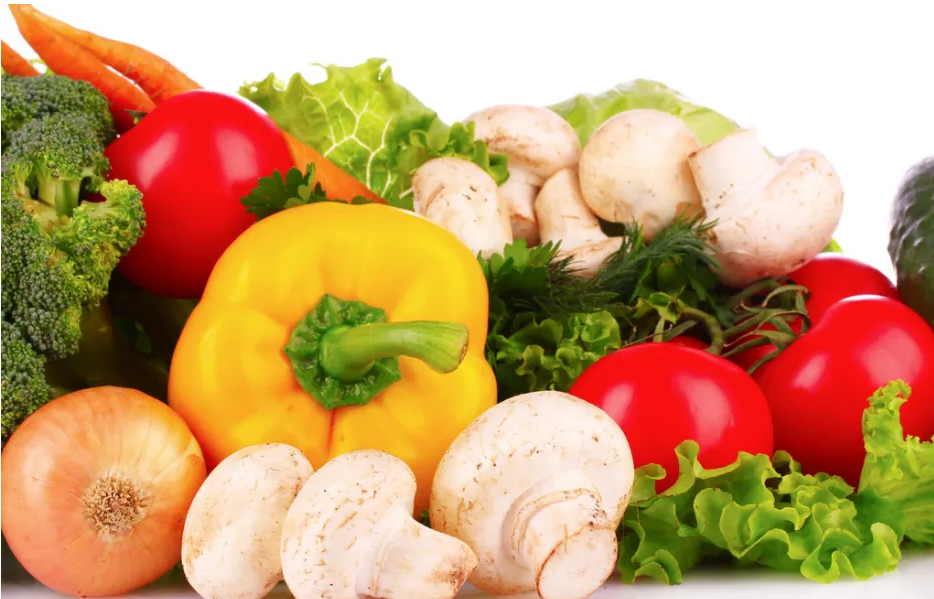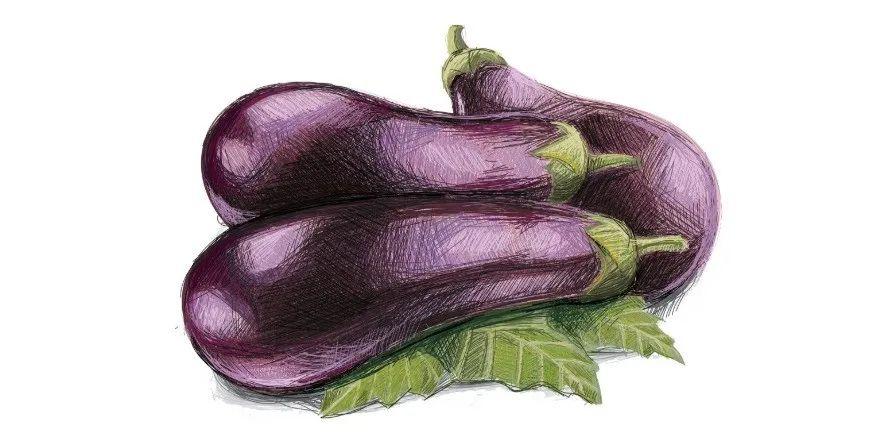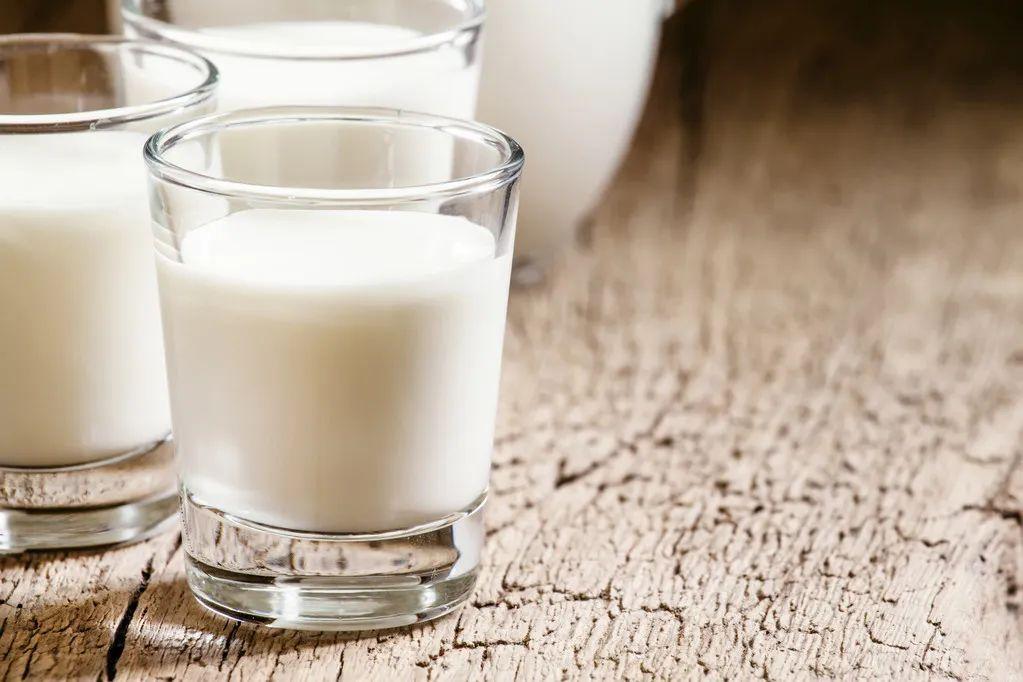Changing a High-Salt Diet Can Help with These Salt Reduction Tips
The ancients used salt, plum and wine to taste. Since ancient times, salty as "the first taste", let people's three meals a day become interesting. However, while enjoying delicious food, high-salt diet has gradually become a "hidden killer" in modern life, bringing hypertension, heart disease, kidney disease, stroke and other serious diseases, posing a severe challenge to human health.
Recently, Professor Guo Hong, deputy director of the fifth ward of the Department of Cardiology of the First Affiliated Hospital of Harbin Medical University in Heilongjiang Province, reminded in an interview with a reporter of the Popular Science Times: "The daily diet should be light and nutritious, not because of the appetite and the pursuit of 'heavy taste', salt to eat more than a hundred harm is no good!"
High salt diet is the most serious harm to the heart and blood vessels
According to Guo Hong, a high-salt diet ranks first among unhealthy eating habits. According to the Report on Nutrition and Chronic Diseases in China (2020), the average daily cooking salt consumption in China is 9.3 grams, and some families even use 11.2 grams of salt, far exceeding the maximum daily standard of 5 grams set by the World Health Organization (WHO).
Salt intake is closely related to high and low blood pressure. Dietary sodium intake is too much, easy to increase blood volume, and "raise" blood pressure; At the same time, the high intake of sodium ions causes the adrenal gland and brain tissue to release a special factor. Under the "fanning fire" of this factor, the excitability of blood vessel cells is easy to "get out of control", resulting in arterial constriction and increased blood pressure. For every 1 gram increase in sodium intake, systolic blood pressure increased by an average of 2.86 MMHG. However, elevated blood pressure is the main cause of cardiovascular and cerebrovascular diseases, as well as an independent risk factor for coronary heart disease and stroke.
About 62 percent of strokes and 49 percent of coronary heart disease are caused by high blood pressure, Guo said. The study found that people in their 60s who ate more than 4 grams of salt a day had a significantly higher risk of stroke than those who ate less than 1.5 grams a day, and the risk jumped 17 percent for every 0.5 gram increase in salt intake per day.
Worldwide, dietary risks claimed the lives of more than 11 million adults in 2017, according to a separate study.
Among the adverse events related to high salt diet, in addition to cardiovascular and cerebrovascular diseases, they are also likely to induce tumor, visual impairment, cognitive decline, sexual dysfunction, pregnancy complications and liver and kidney diseases.
The latest edition of China's Dietary Guidelines for Chinese Residents (2022) recommends that the general population limit salt intake to less than 5 grams per day, Guo said.
Salt reduction tips for everyday life
Practice has proved that proper control of salt intake is of great significance for preventing cardiovascular and cerebrovascular diseases. So, how should "limit salt" be limited?
Guo Hong proposed the following suggestions: First, the substitution method, that is, in cooking more vinegar, lemon juice, ginger and other condiments, instead of part of the salt and soy sauce; The second is the use of salt limit spoon, to help quantify and control the amount of salt; Three is to eat less meat, because meat cooking with more salt, easy to exceed the standard; Fourth, try to stay away from pickled, smoked, snacks and other processed foods, such as instant noodles, ham sausage, pickled pickles, bean curd, etc., these processed foods are mostly high salt food, eat as little as possible; Five is to carefully check the food nutrition label on the package, such as the salt content per 100 grams of food, the higher the value, the greater the salt content.
Replace regular sodium with low sodium salt and potassium salt
Guo Hong believes that low sodium salt based on iodized salt (sodium chloride content of 70%, potassium chloride content of 30% salt) should be advocated, compared with ordinary sodium salt, low sodium salt has two major functions, one is to reduce salt without reducing salt, to help the balance of sodium and potassium in the human body; Second, it can effectively prevent and control hypertension, especially suitable for middle-aged and elderly people and hypertension patients. But the following groups of people should not eat low sodium salt, such as athletes, heavy manual workers or people working in hot and humid environment; People with kidney disease, and people with high blood pressure who are taking certain blood pressure medications.
At the same time, the use of potassium salt instead of ordinary sodium salt is a new choice. Guo Hong introduced that a series of scientific research results of "replacing common sodium salt with potassium salt" have been published in international journals in recent years. One of the research shows that if the common sodium salt is replaced with potassium salt, this intervention can avoid nearly 500,000 people die of cardiovascular and cerebrovascular disease every year; Another study found that people who switched to potassium had a 14 percent reduction in fatal and nonfatal strokes, a 13 percent reduction in serious cardiovascular events and a 12 percent reduction in deaths from all causes, compared with those who took regular sodium.







